Children’s Vision Facts

August is Children’s Vision Month and the vision experts at Eye Doctors of Washington are here to share some facts that can protect your child’s vision and eye health. We will also help you determine when your child needs an eye exam and discuss some common myths about children’s eyesight. Learn more about pediatric care at Eye Doctors of Washington.
Nearly 3% of children under 18 are blind or visually impaired, meaning that even with visual aids such as contacts or glasses, they still have trouble seeing. (Source: Centers for Disease Control)
Your child’s vision is more than what meets the eye:
Uncorrected vision problems can interfere with learning, which is why it’s no surprise that visual function is a strong predictor of academic performance in school-age children.
Did you know… the most common cause of vision loss in children is amblyopia? Amblyopia, often referred to as ‘lazy eye’ is found in 2-6% of infants/toddlers and can result from any condition that prevents the eye from focusing. When the eye is prevented from focusing, the vision in that eye is reduced because the eye and brain are not properly working together. Amblyopia is often caused by strabismus, the misalignment of two eyes, which can be turned in (esotropia) or turned out (exotropia). Treatment of Amblyopia is most successful when initiated before the age of 7, which is a good reason to make sure your children’s eyes get checked as often as medically necessary. (Source: Prevent Blindness)
When should children have eye exams?
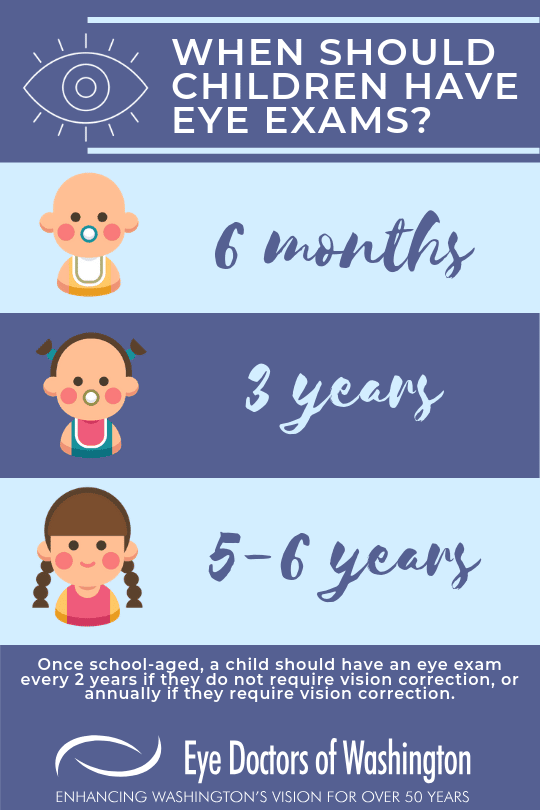
How Do We Test Vision in Babies?
Tests such as the preferential looking visual acuity test can be used to gather responses from pediatric patients, even before they have the ability to speak.
Signs That Your Child Needs an Eye Exam
Each of us has unique vision, which means that we can adapt in different ways and may not always realize right away that we are suffering from vision loss. When small children have vision issues they may not be able to tell you, so it’s important to look for these signs:
- constant eye rubbing
- extreme light sensitivity
- poor focusing
- poor visual tracking (following an object)
- abnormal alignment or movement of the eyes (after 6 months of age)
- chronic redness of the eyes
- chronic tearing of the eyes
- a white pupil instead of black
- being unable to see objects at a distance
- having trouble reading the blackboard
- squinting
- difficulty reading
- sitting too close to the TV
(Source: Kids Health)
Fact or Fiction? Can You Ace This Children’s Vision Quiz?
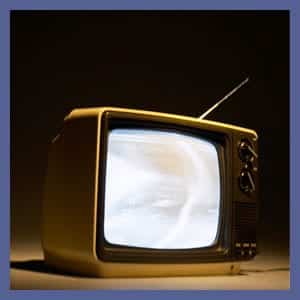
Sitting too close to the TV can damage children’s vision
FICTION!
Sitting too close to the TV can cause temporary eye strain, but typically has no lasting effects on vision.
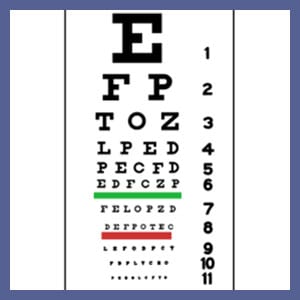
You can’t assess children’s visual acuity until they’re old enough to read the letters on the Snellen eye exam chart.
FICTION!
Using methods such as the tumbling e or Keeler picture test, we can assess the vision of children who can’t read yet but can offer subjective responses.
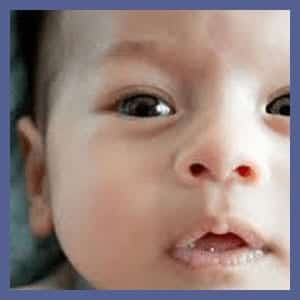
Kids can develop cataracts.
Fact.
Unfortunately, children can develop cataracts, which are known as congenital cataracts or developmental cataracts. Cataracts in children are rare, and can be caused by genetic defects as well as infections such as rubella or chickenpox. Cataracts are often not visible, but a white or gray spot reflected in your child’s eye is a major red flag.
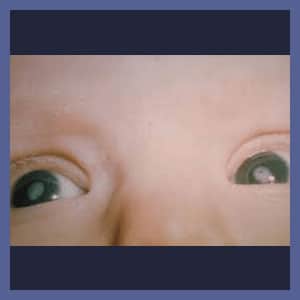
Kids can develop glaucoma.
Fact.
Though extremely rare, childhood glaucoma is caused by improper development of the eye’s drainage system before birth and is generally diagnosed within the first year of life. Childhood glaucoma can sometimes be corrected with surgery, or controlled with medication.
How’d you do?
Know anyone with small children who could benefit from reading?
Share this blog with them below!
Contact Eye Doctors of Washington
for Pediatric Eye Care
Do you have concerns about your child’s eyesight or questions about pediatric eye health?
Call us at 301-215-7100 or contact us to schedule an appointment.
